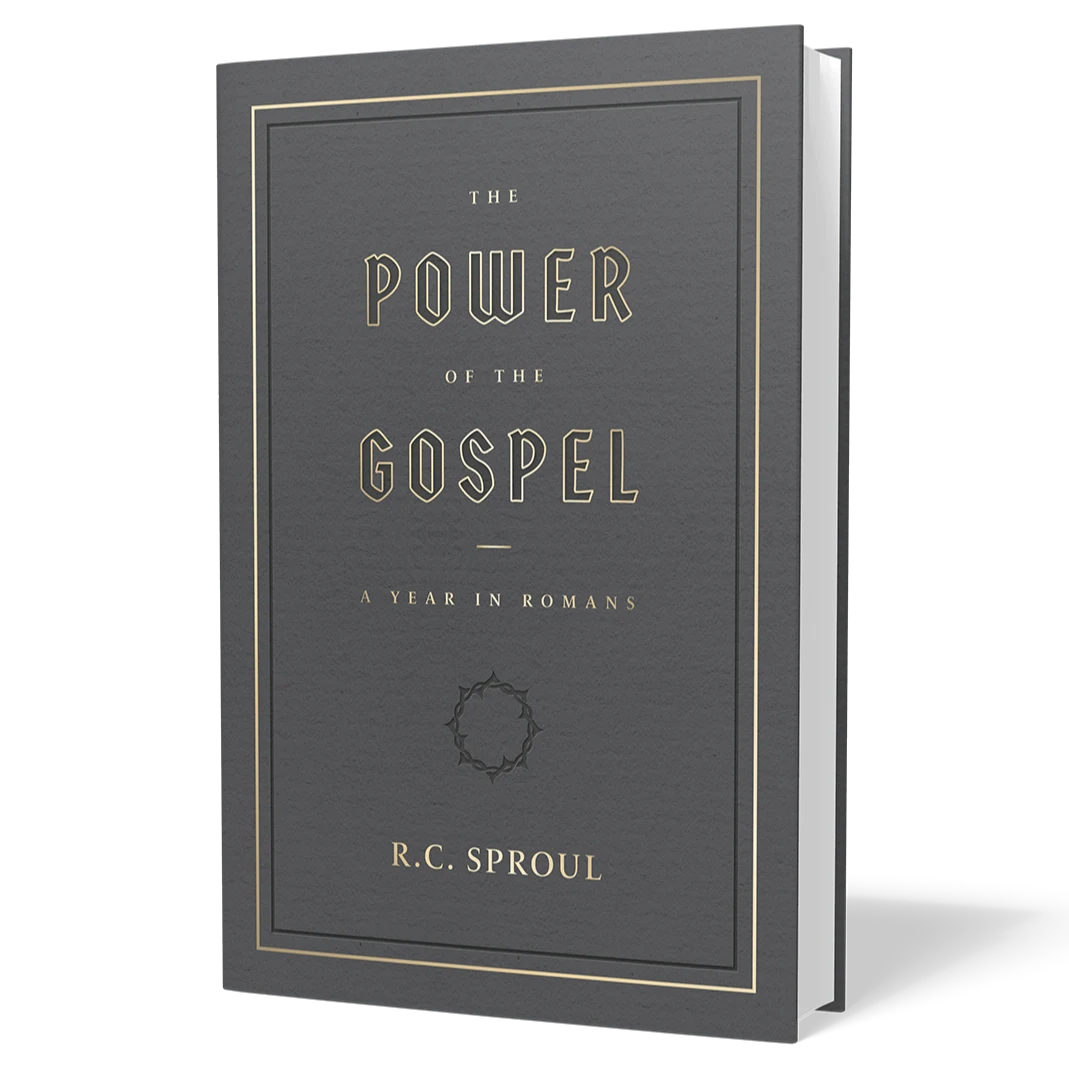How to Read the Psalms of Ascents

The Psalms of Ascents is the title of fifteen psalms (120–134) that appear in Book Five of the Psalter. As psalms of ascent, or “going up,” this collection was a favorite playlist, as it were, for the men and women of Israel when they traveled to Jerusalem for the three annual pilgrim feasts of Passover, Weeks, and Tabernacles (see Ex. 23:14–17; Deut. 16:16).
Like our ancestors in the faith, we are also on a pilgrimage. Our journey takes us through this fallen world to the new Jerusalem. Along this difficult and often dangerous path, the Psalms offer us wise guidance and rich spiritual nourishment.
If these psalms are meant to help us on our pilgrimage, then how ought we read them? Five guidelines can help us make a good start.
1. Read each psalm several times and outline its basic structure.
Since these psalms were written as Hebrew poetry, you should acquaint yourself with the principles for interpreting this type of literature. Features such as parallel line structure and the various relationships between the lines of a psalm will give you a good start with the basic meaning of each psalm. For more on these principles, see Matthew H. Patton’s article on “How to Read Hebrew Poetry.”
2. Learn to appreciate the imagery that appears in these psalms.
When you interpret an image, you need to answer three questions. First, what is the topic under discussion? Second, what image does the psalmist use to describe this topic? Third, what is the point of similarity between the topic and the image?
Two striking images appear in Psalm 133, which has the unity of God’s people as its theme. The first image is oil:
Behold, how good and pleasant it is
when brothers dwell in unity!
It is like the precious oil on the head,
running down on the beard,
on the beard of Aaron,
running down on the collar of his robes! (Ps. 133:1–2)
If unity is the topic and oil is the image, then what is the point of similarity? The oil to which David refers is the sacred anointing oil (Ex. 30:22–38). It was highly perfumed and left a pleasant odor. Unity among God’s people creates a fragrant, pleasant atmosphere.
The second image is dew:
It is like the dew of Hermon,
which falls on the mountains of Zion!
For there the Lord has commanded the blessing,
life forevermore. (Ps. 133:3)
Just as dew refreshes and renews the grass, believers experience a refreshing renewal of spirit when they share the same heart and mind for the work of God.
3. Read these psalms as a revelation of Jesus Christ.
The first two guidelines require us to focus on the literary features of each psalm. The third guideline turns our attention from the literary to the theological. Jesus said, “Everything written about me in the Law of Moses and the Prophets and the Psalms must be fulfilled” (Luke 24:44). The Psalms are about Christ. Readers usually do not have difficulty grasping this idea for Psalm 1 because Jesus is the Blessed Man of the Word. In Psalm 22, He is the Forsaken One. He is the Good Shepherd of Psalm 23.
But where do we find Jesus in the Psalms of Ascents? We find Him on the road to Jerusalem singing these psalms as a faithful pilgrim. From the age of twelve, when He first went to Jerusalem for the Passover (Luke 2:41–51), the Savior regularly kept the pilgrim feasts (see John 2:13; 6:4; 7:1–24; 13:1). When the time for His crucifixion drew near, the Lord set His face to make His way to Jerusalem for the Passover (Luke 9:51). He was a resolute pilgrim even though He knew that His faithfulness would lead to suffering and death (Luke 9:21–22). When you read these psalms, ask how Jesus would have sung them or how they lead you to sing about Jesus.
4. After learning the context of a psalm, turn to application.
The fourth guideline moves from the literary and the theological to concentrate on issues of personal application. Place yourself in the sandals of an Israelite on the way to the holy city and ask yourself these questions:
- What does it mean for me to be a faithful pilgrim traveling to the new Jerusalem?
- How should I navigate the obstacles I encounter (see Ps. 121:1)?
- What should the anticipation and joyful celebration of worship look like in my life?
5. Learn to appreciate the corporate role of the people of God that occurs in these psalms.
When the Israelites traveled to Jerusalem for the feasts, they went in groups. Mary and Joseph did not worry when they first missed Jesus on their return to Nazareth from the Passover because they assumed He was with others in the crowd trekking northward (Luke 2:43–44). While each of us is a pilgrim, we do not travel alone on this journey. We should, therefore, encourage one another (Ps. 122:1), be concerned for the welfare of all who are traveling with us (Ps. 122:8), realize that we all face hardships (Ps. 123:2–4), and learn to relish the joy of the companionship (Ps. 133).


